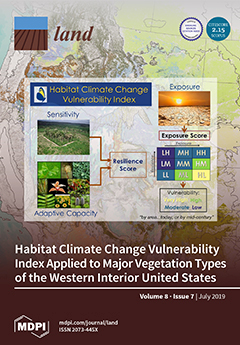Landscape Economic Attractiveness: An Integrated Methodology for Exploring the Rural Landscapes in Piedmont (Italy)
The present paper focuses on an integrated evaluation methodology aimed at measuring the attractiveness of rural landscapes. The landscapes under observation are two exceptional contexts in Piedmont (Italy): The Moraine Amphitheatre of Ivrea and the vineyard landscape of Langhe, Roero and Monferrato, which have recently been included in the UNESCO World Heritage List.





